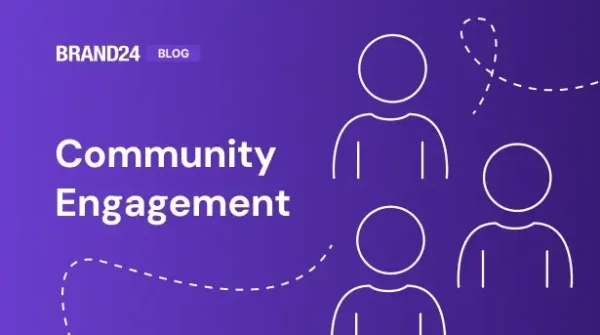Is Customer Trust the Currency of the Future?
What is going to be the main difference between companies that will thrive in the future and those that will become extinct like dinosaurs? There’s a simple answer to that question – trust.
I learnt that during Infoshare, the biggest tech and marketing conference in Central and Eastern Europe. One of the most memorable speeches was delivered by Michał Szafrański, a financial blogger from Poland.
Michał talked about the importance of trust in our constantly changing, digital world. He wrote a whole book about it – “Trust – the currency of the future”, where he describes his way from rags to riches.
He says the book is a sort of “manifesto of building the business based on trust, openness, frankness and transparency”. It’s also a proof that good always triumphs.
Why Is Customer Trust an Essential Part of Business?
He presents a valid point. We’re bombarded with options. What used to be a choice between two or three brands, is now a mix of thousands of global companies fighting for our attention. Before we choose any product or service, we ask ourselves one fundamental question – which brand should we trust?
Customer loyalty can be the make-it-or-break-it factor for your business. Just look at the recent developments around Facebook and Cambridge Analytica. It’s been a while since the Congress’ inquiry but there’s still a massive consumer gap between the platform and other social media giants. It’s extremely hard to regain trust.
Brand authenticity is also a deciding aspect for many millennials. This is the largest generation in US history. They are reaching their prime working and spending years, so their impact on the economy is only going to increase.
According to Seth Bannon, founder of Fifty Years VC, an early stage venture fund, millennials are not happy with the old ways many companies operate. They focus not only on the quality or functionality of a product. The merchandise they purchase has to be something more than that.

The old approach of focusing only on delivering the best product or service doesn’t cut it anymore. For them, the impact the company has on environment and society is an essential part of their decision-making process.
Building long lasting relationships and turning your leads into loyal customers requires authentically caring about your clients and their needs. And one of their essential need is having a beneficial effect on humankind and ecosystem.
The rise of social media has only strengthened the necessity to develop brand trust. Consumers know much more about the brand and can pinpoint all inconsistencies in its messaging. No one will believe that The Weinstein Company is fighting for equal rights in the workplace. The company lost the trust of their stakeholders and went bankrupt.
Trusting a brand means identifying with their product or service. Mark McCrindle, from McCrindle Research Principal, sums it up:
“It’s not now just about price, feature and benefits, it’s not even about history and legacy, it is about trust. Every brand must build and maintain trust, particularly because the customer is more sceptical and empowered, and not afraid to push back and questioned.”
It all got me thinking – what exactly can we do to build and maintain customers’ trust? Because if it’s the deciding factor in many purchasing decisions, we have to know how to do it right.
Despite all the developments in marketing and technology, the key to successful customer relationship has always been authenticity. There’s nothing more damaging to brand’s reputation than promising and not delivering on that promise.
That seems like a truism, but surprisingly, customers still have the feeling that brands under deliver on promises they’ve made. Accenture reports that 70% of respondents say a company promised them something in the past year, and upwards of 40% say that the promises were broken. The main areas for improvement include on-time delivery, commitments to no hidden fees or costs, and slow response to customer problems.
So, how exactly do you gain customers’ loyalty?
The first thing that pops to mind is creating a loyalty program. It has its pros and cons, what’s more, it seems a bit outdated.
In the old days, many companies had a competitive advantage because there was not a lot of, well, competition. The market has been growing, and it became much harder to sell one’s products. That’s when loyalty programs were invented.
Does it sound a bit archaic? Because it is!
Today, brands have to stand for something meaningful, that consumers care about. The activities of your brand have to be purpose-driven, so everyone can see, you’re living and breathing your values.
That’s why Fifty Years invest in projects with some added value, like a company producing artificial meat. Besides the obvious profit they will make, the company will also solve some major world problems, like CO2 emission or an attempt to improve the situation of many in developing countries.
Modern Solutions
How do you build trust in the 21st century? According to Bobby Umar, people demand authenticity. You have to truly care about the idea you’re communicating. That way you are able to create change your clients are looking for.
Customers have always been at the heart of every business, but with the rise of social media, they’ve gained even more power. It’s businesses responsibility to align their strategies with new customers’ demands.
How to do it exactly?
The Power of Connection
91% of customers want the brand to be authentic in their social media posts. Authenticity builds trust and trust builds into lasting connection. So we have to focus on how can we communicate our message in a legitimate and convincing way?
I gather, from my two years of marital experience, that honest communication is the key to success. Most of misunderstandings and fights originate from not talking about the issues, or worse, not listening to the other side.
Poor communication leads to project failure one-third of a time. That’s a lot, especially if you consider the fact, how easily it can be improved.
We already established that one of the keys to successful communication is listening. But how to listen to your customers that are most likely spread all over the world and broadcast on many different channels?
With social media monitoring tool, like Brand24, you can see where your customers are and what they are talking about. That way you’re able to listen to their problems and react in time before the problems escalate.
All you have to do is set up a project using predetermined keywords.
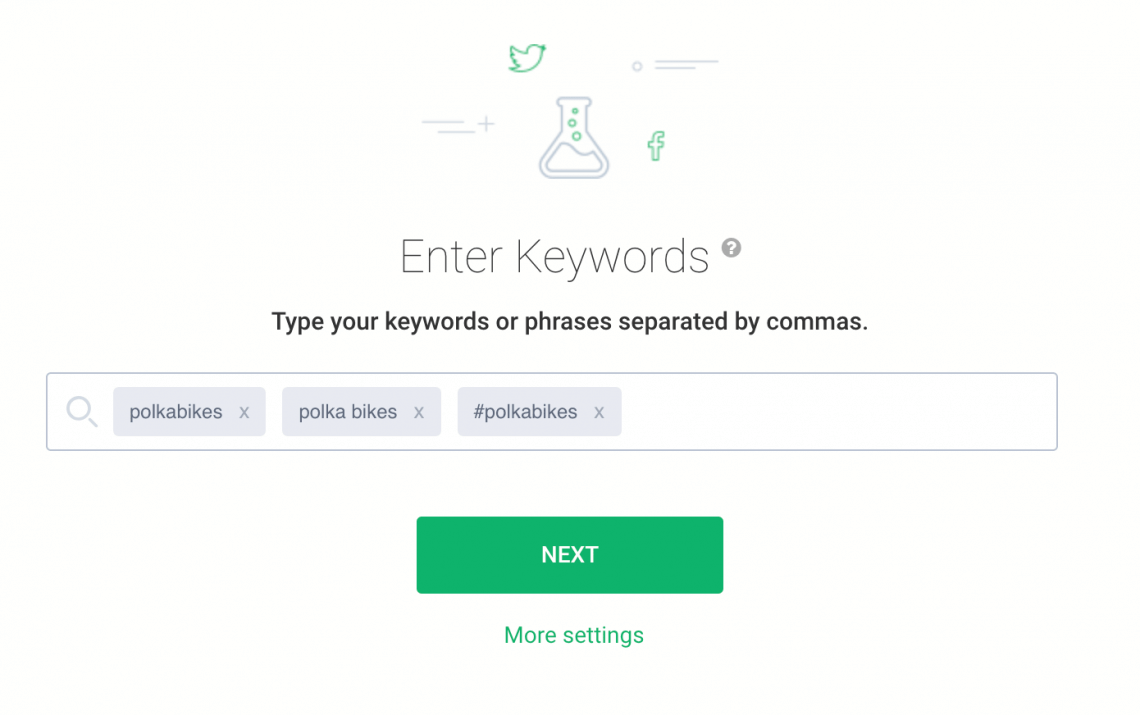
Brand24 gathers not only mentions from social media but whole Internet. So every time there’s an article, blog post or any other comment, the mention is displayed in a dashboard. That’s how you can react to all queries in real time.
You can also be actively present at precisely the channels your audience is active. If you see a surge of Instagram photos with your brand’s hashtag or Tweets mentioning your company, you can focus your communication plan on those channels. This will surely help increase your ROI.
Know the Sentiment
Moreover, one of the most useful filters in this situation is “Sentiment analysis”. You can determine whether your product or service is causing positive or negative mentions and react in time. There’s nothing worse than leaving customer hanging when they reach out to you.
Appreciate the Feedback
It’s almost impossible to receive feedback from your customers. People almost never fill in surveys, mostly because it’s insanely time-consuming.
The good news is though, that they leave the feedback voluntarily on the Internet. Firstly, they talk about how they use your product in everyday life. Maybe there’s an application of your product you haven’t thought about?
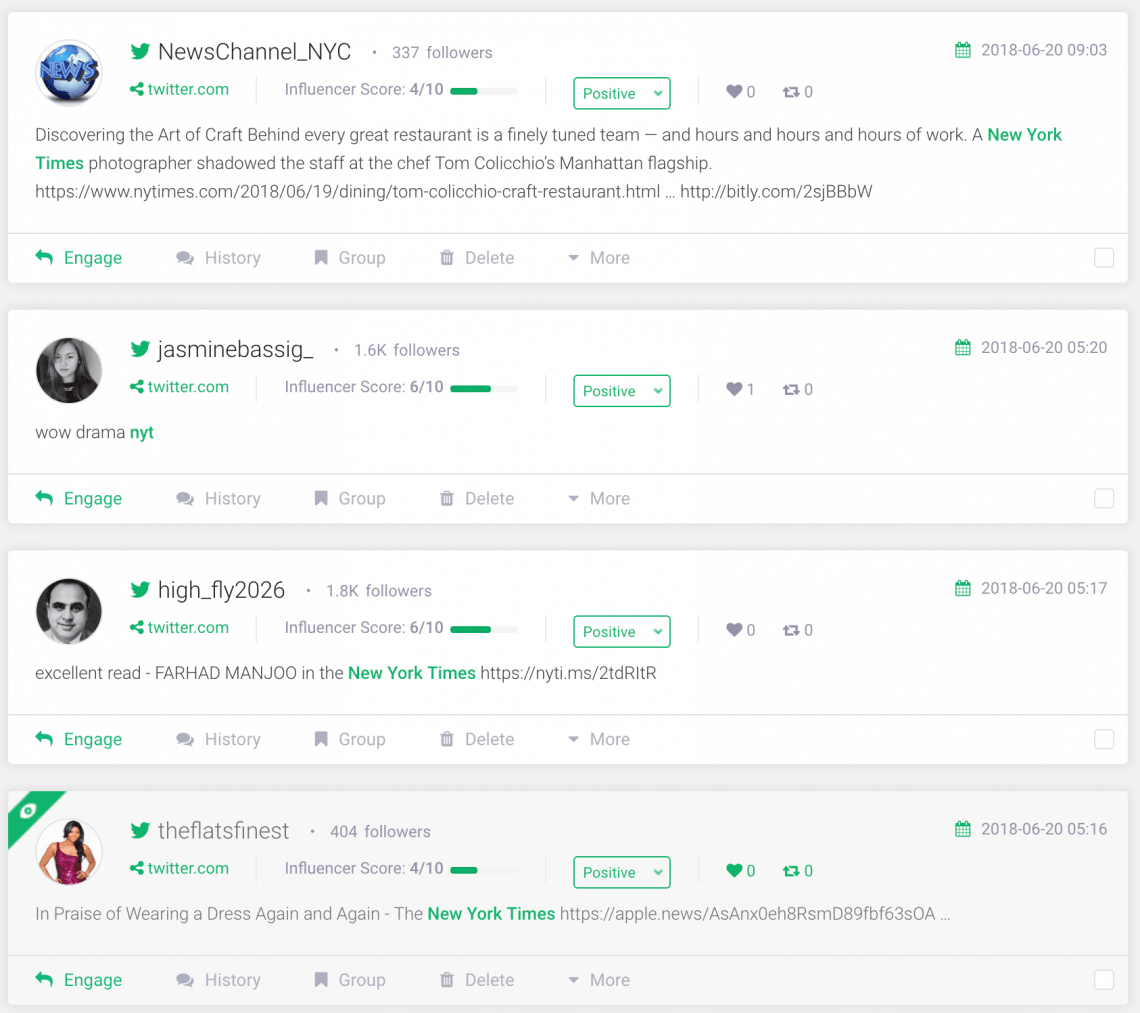
That was a case for Yelp! which changed its operating model after it learnt that the most helpful feature was the stars rating.
Secondly, if there’s a mess up, you’ll know instantly. The tool will send a notification to your email or Slack channel every time there’s a surge in mentions on the Internet. By showing your audience empathy you can turn the tables around.
There’s nothing wrong in making mistakes. It’s how you handle the crisis that matters. It might sound counterintuitive but every negative event is an opportunity to show how much you care. And that’s how you win faithful clients.
I know it from my own experience. One of our features, integration with Slack, was build because we collected intel from our clients. That way, you can invest your time and efforts in exactly the features your client will use.
Personalise Your Message
Ann Handley, the chief content officer at MarketingProfs, describes a highly personalised email from BarkBox, a New York-based start-up which delivers dog gifts and treats. The email gave the impression to be written especially for just one person.
All of this was possible because of social listening data. By establishing who exactly is BarkBox’ customer and what they are looking for. The best part? This data is already widely available, all you have to do is listen to your clients.
Thanks to email marketing campaign customers felt like the brand offering was tailored to their needs. And that creates crazy brand loyalty, according to Ann Handley.
Summary
Trust isn’t given, it has to be earned. Companies have evolved from being just the product sellers to advisors and information providers. If you want to thrive in this changing market you need to be a trustworthy partner for your clients. Social listening skills are an essential part of success. Brand24 will help you stay ahead of your competition.
HANDPICKED RELATE READ
- The golden rules of PR crisis management
- How to measure PR campaign?
- 10 affordable news monitoring tools to keep you in the know
Related articles

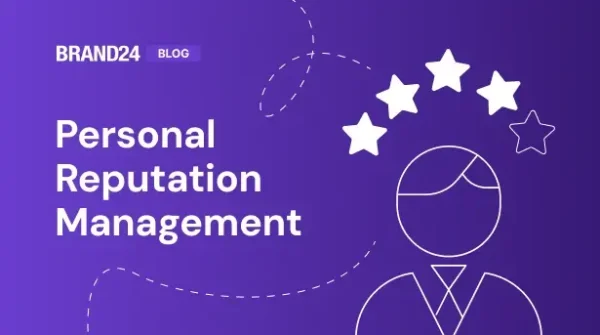
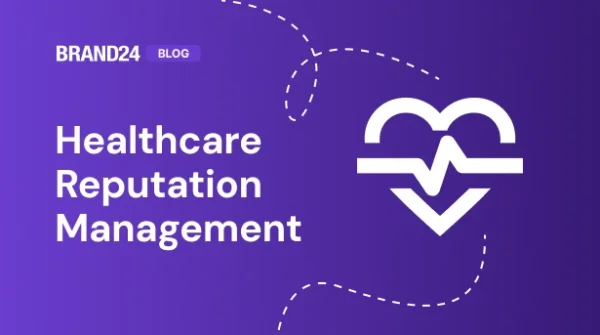
![How to Get More Engagement on Instagram in 2025? [15 Tips]](https://brand24.com/blog/app/uploads/2025/05/how_to_get_more_engagement_on_instagram_brand_image_blog_cover_615x345-600x335.webp)
![How to do Social Media Sentiment Analysis in 2025? [Easy Guide, Benefits & More!]](https://brand24.com/blog/app/uploads/2023/03/social_media_sentiment_analysis_brand_image_blog_cover_615x345-600x335.webp)
